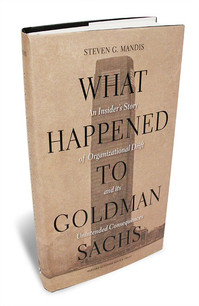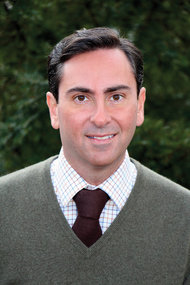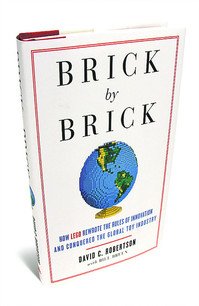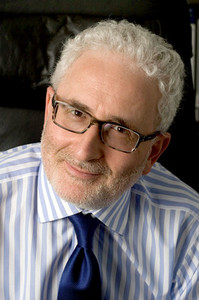(p. 202) Google’s chief economist, Hal Varian, would later explain how it worked when new data centers open: “We’ll build a nice new data center and say, ‘Hey, Google Docs, would you move your machines over here?’ And they say, ‘Sure, next month.’ Because nobody wants to go through the disruption of shifting. So I suggested we run an auction similar to what airlines do when they oversell a plane– they keep offering bigger vouchers until enough customers are willing to give up their seats. In our case, we offer more machines in exchange for moving. One group might do it for fifty new ones, another for a hundred, and another won’t move unless we give them three hundred. So we give them to the lowest bidder– they get their extra capacity, and we get computation shifted to the new data center.”
Google eventually devised an elaborate auction model for divvying up existing resources. In a paper entitled “Using a Market Economy to Provision Computer Resources Across Planet-wide Clusters,” a group of Google engineers, along with a Stanford professor of management science and engineering, reported a project that essentially made Google’s
computational resources into a silicon Wall Street. Supply and demand worked here not to fix stock prices but to place a value on resources. The system not only allowed projects at Google to get fair access to storage and computational cycles but identified shortages in computers, storage, and bandwidth. Instead of the Vickery auction used by AdWords, the system used an “ascending clock auction.” At the beginning, the current price of each resource would be displayed, and Google engineers in competing projects could claim them at that price. The ideal outcome would ensure sufficient resources for everyone, in which case the auction stopped. Otherwise, the automated auctioneer would raise the prices for the next “time slot,” and (p. 203) remaining competitors for those resources had to decide whether to bid higher. And so on, until the engineers not willing to stake their budgets on the most contested resources dropped out. “Hence,” write the paper’s authors, “the auction allows users to ‘discover’ prices in which all users pay/ receive payment in proportion to uniform resource prices.”
Source:
Levy, Steven. In the Plex: How Google Thinks, Works, and Shapes Our Lives. New York: Simon & Schuster, 2011.





